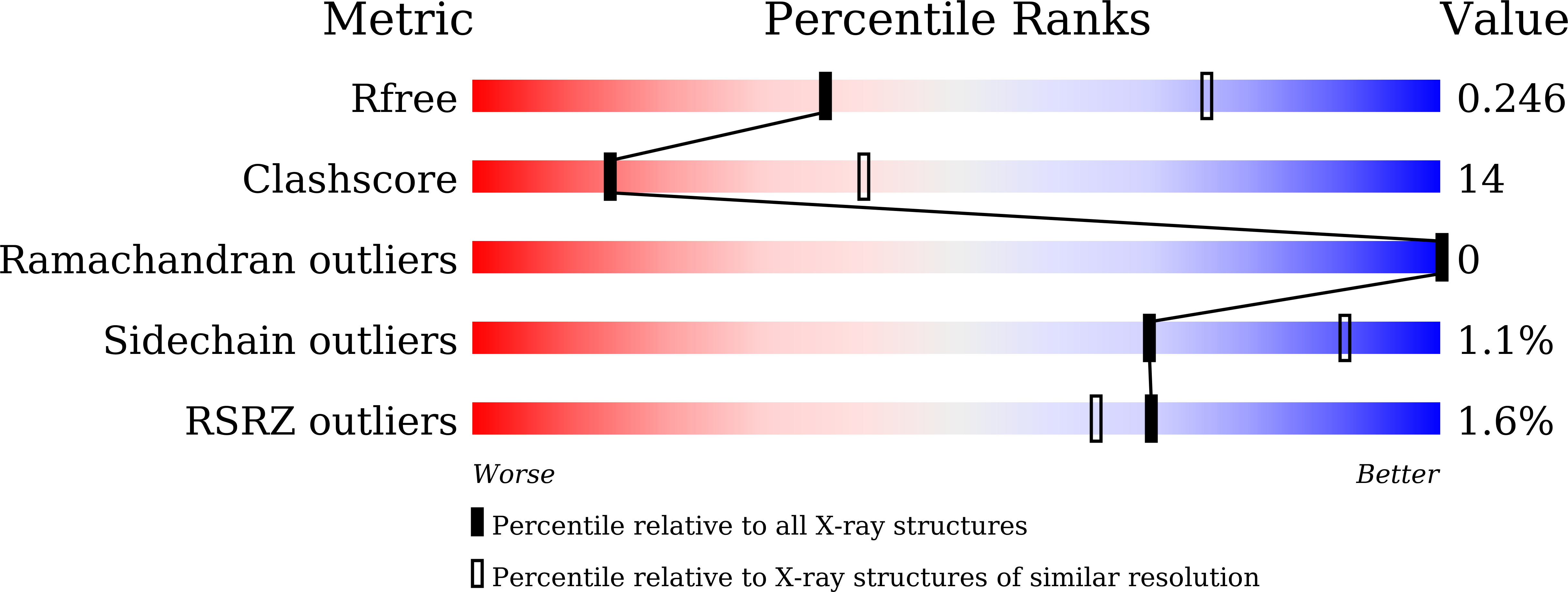
Deposition Date
2025-03-10
Release Date
2025-09-10
Last Version Date
2025-09-10
Entry Detail
PDB ID:
9M7E
Keywords:
Title:
Crystal structure of AsDMS D333N mutant in complex with drimenyl phosphate
Biological Source:
Source Organism:
Aquimarina spongiae (Taxon ID: 570521)
Host Organism:
Method Details:
Experimental Method:
Resolution:
2.90 Å
R-Value Free:
0.24
R-Value Work:
0.20
R-Value Observed:
0.20
Space Group:
P 43 21 2


